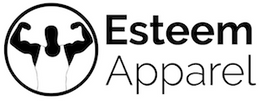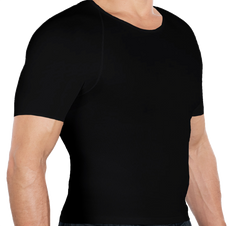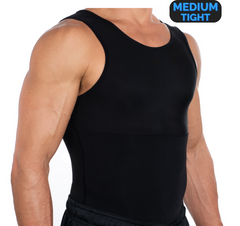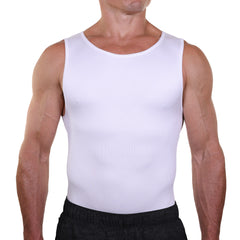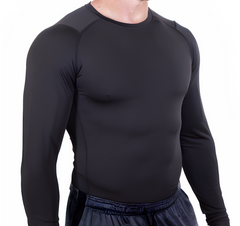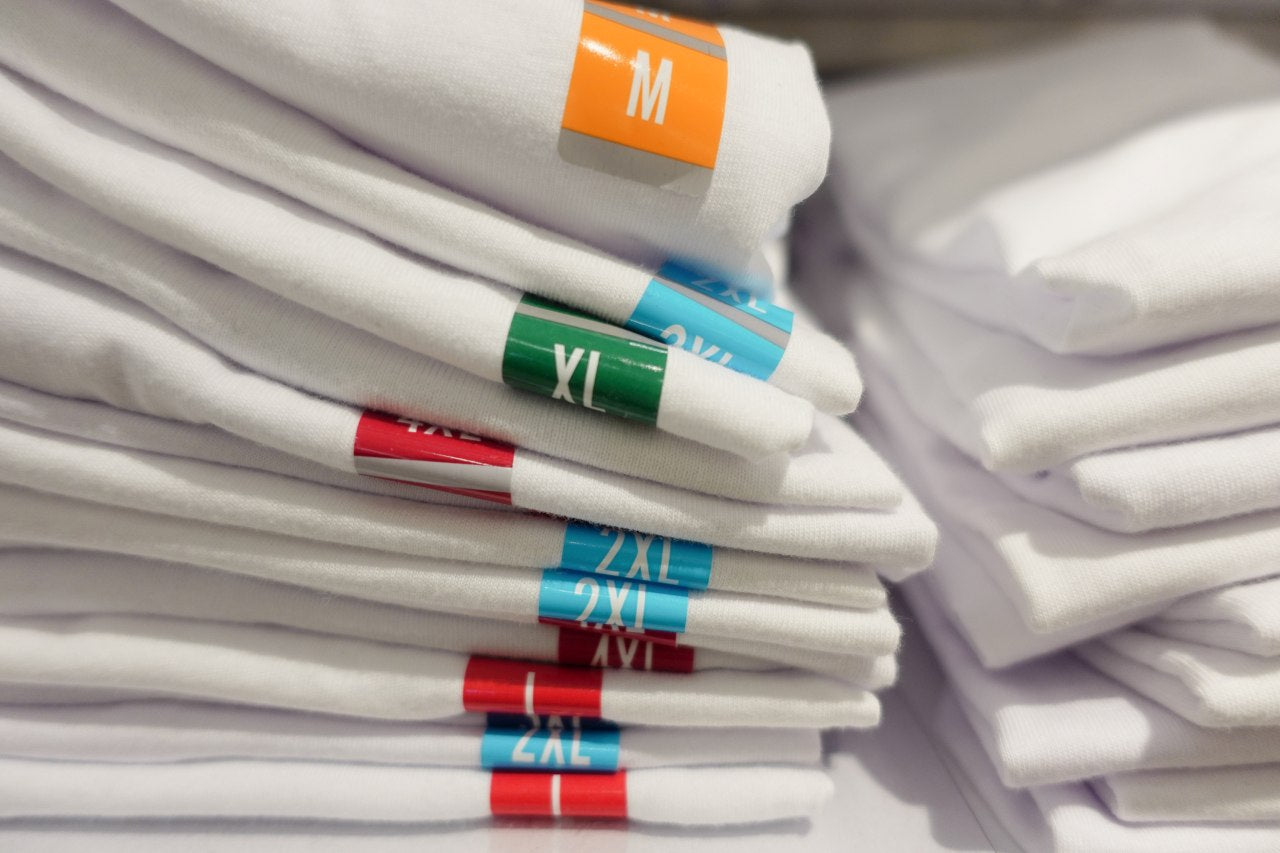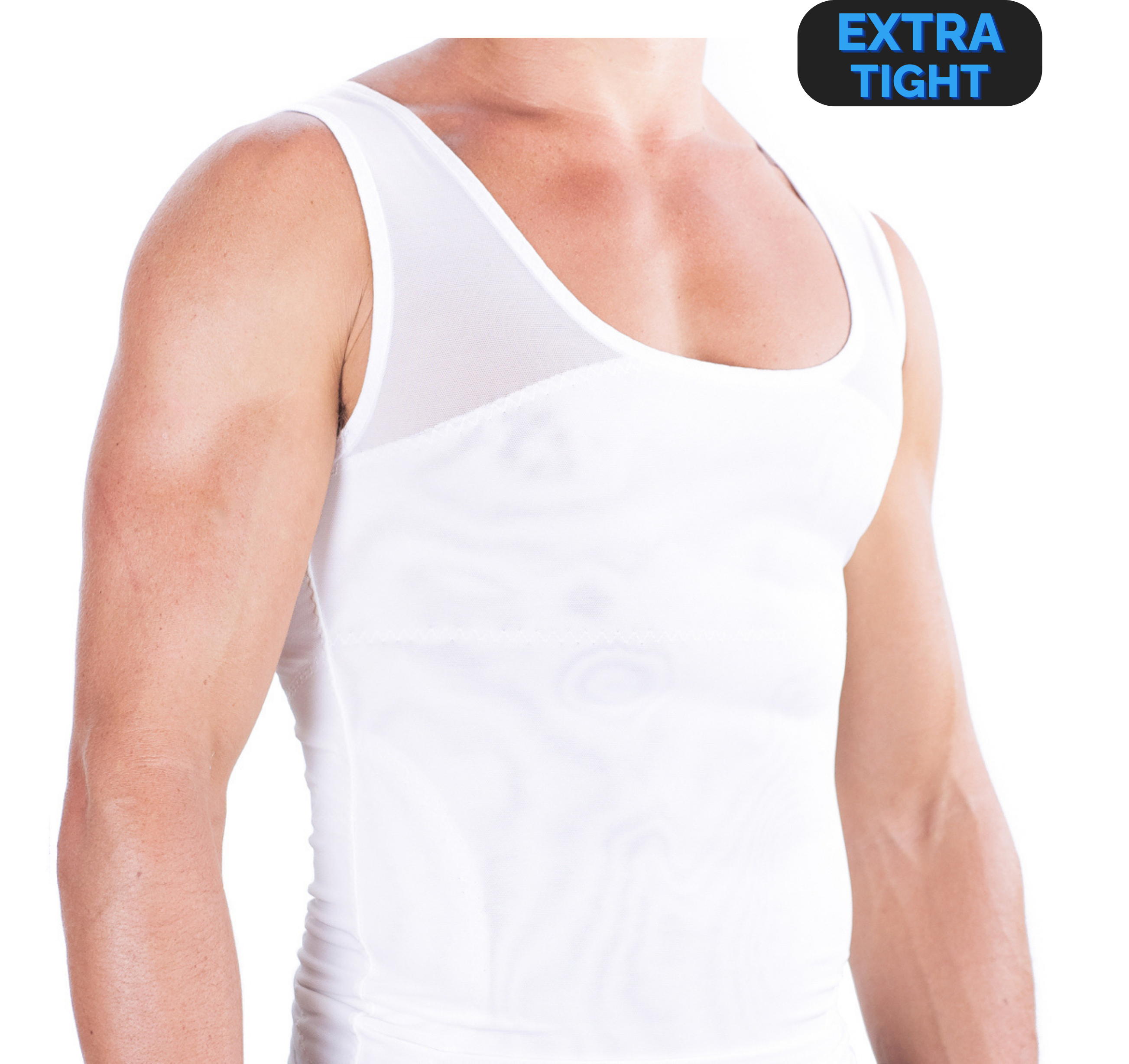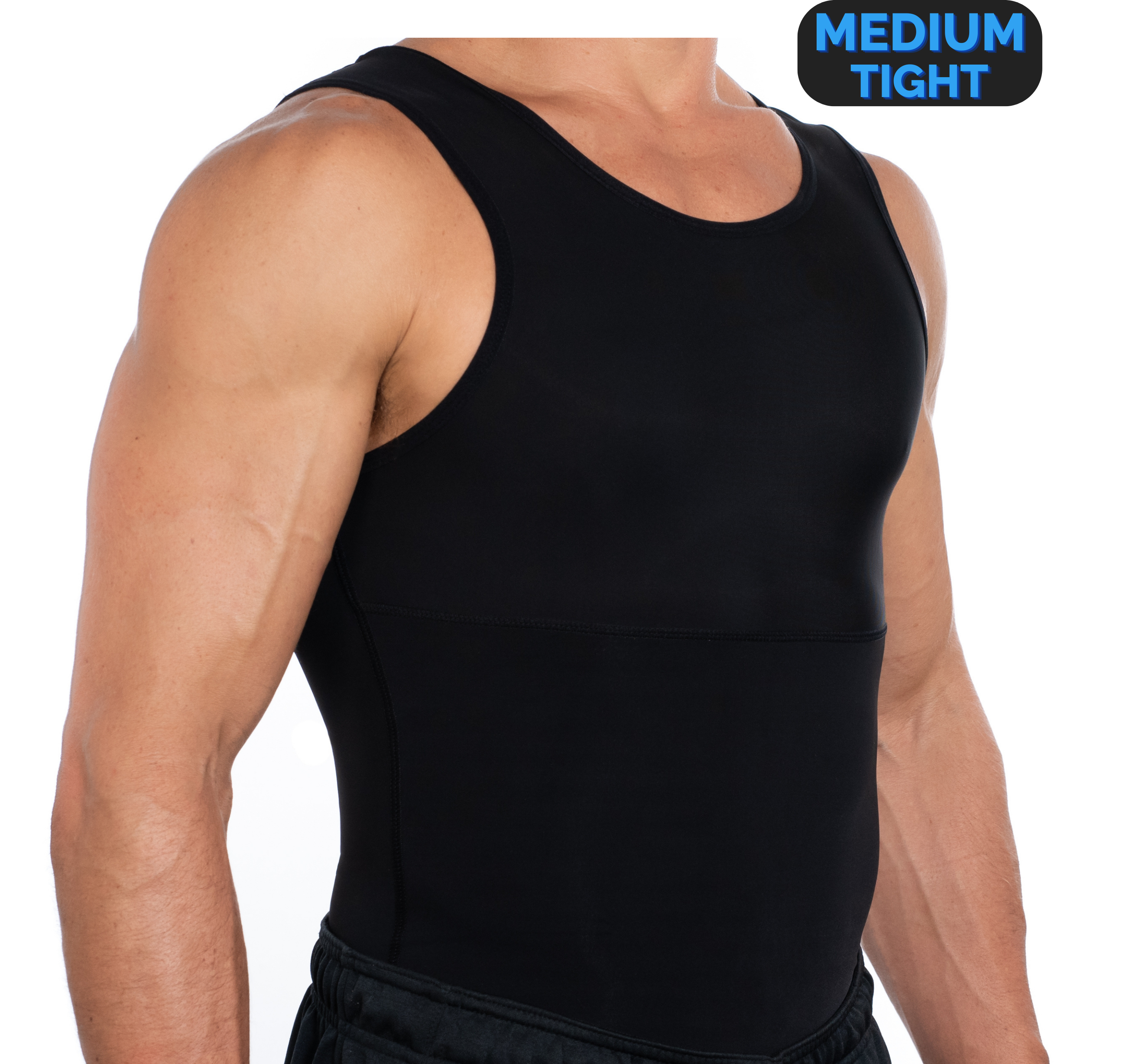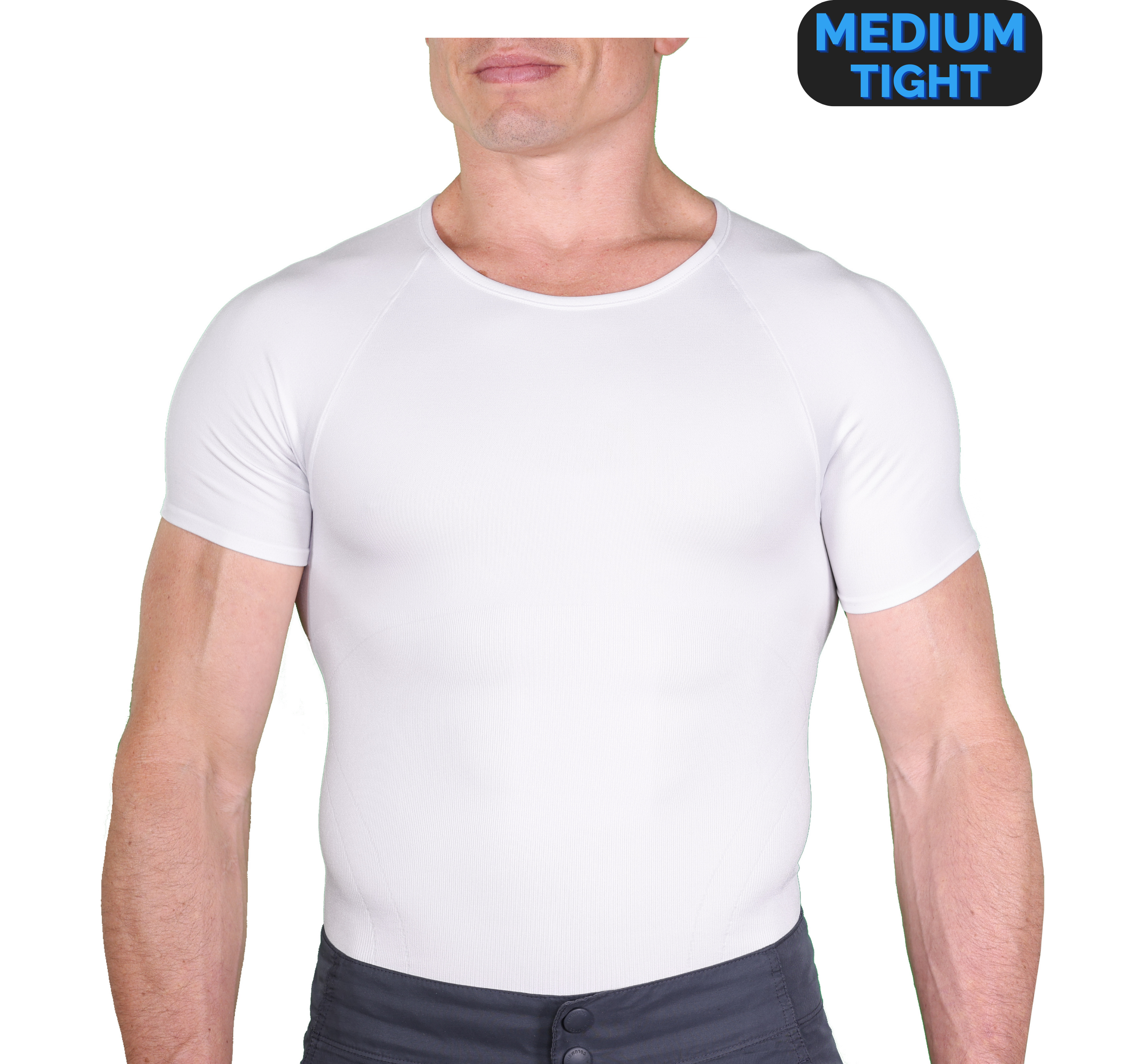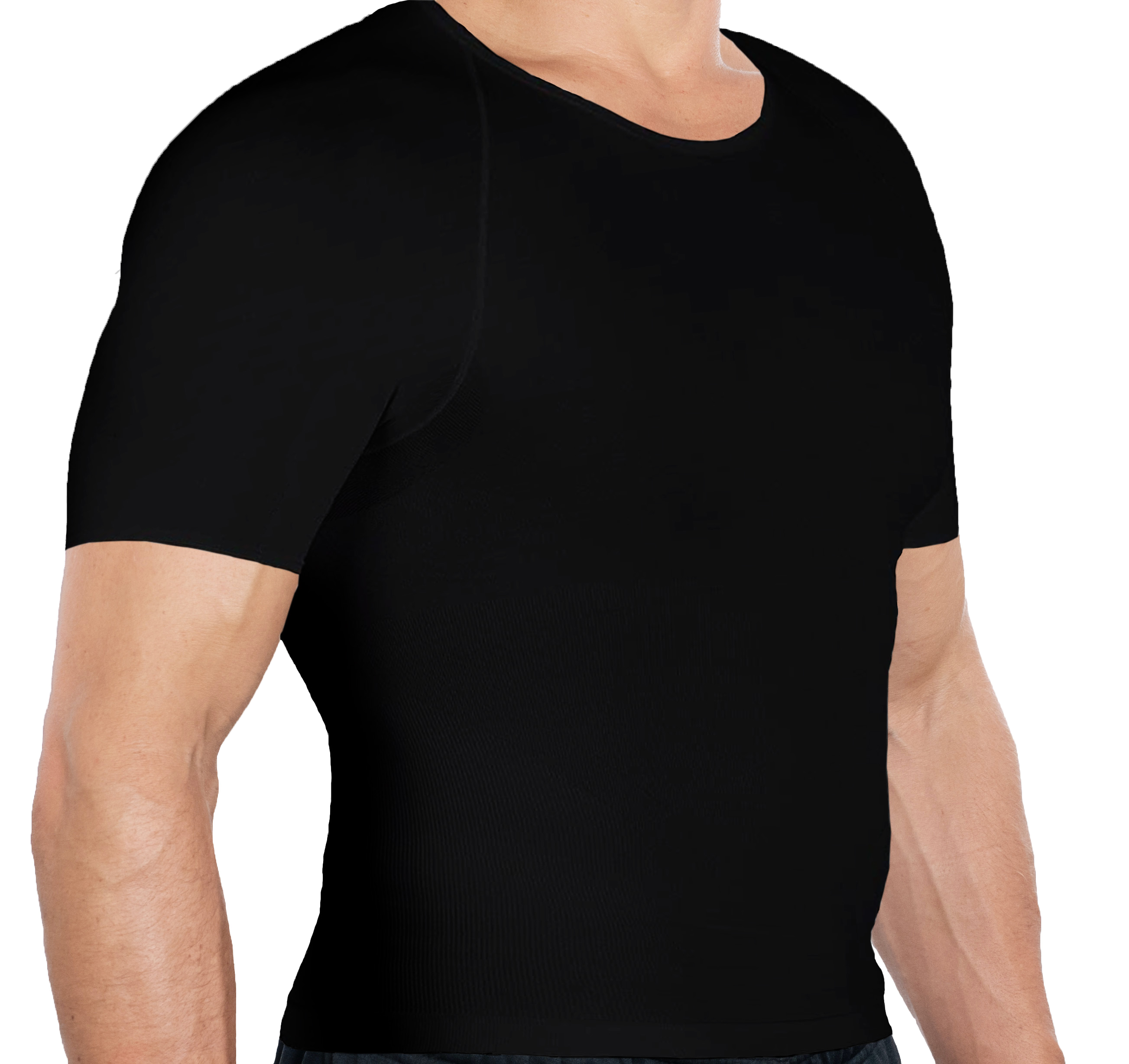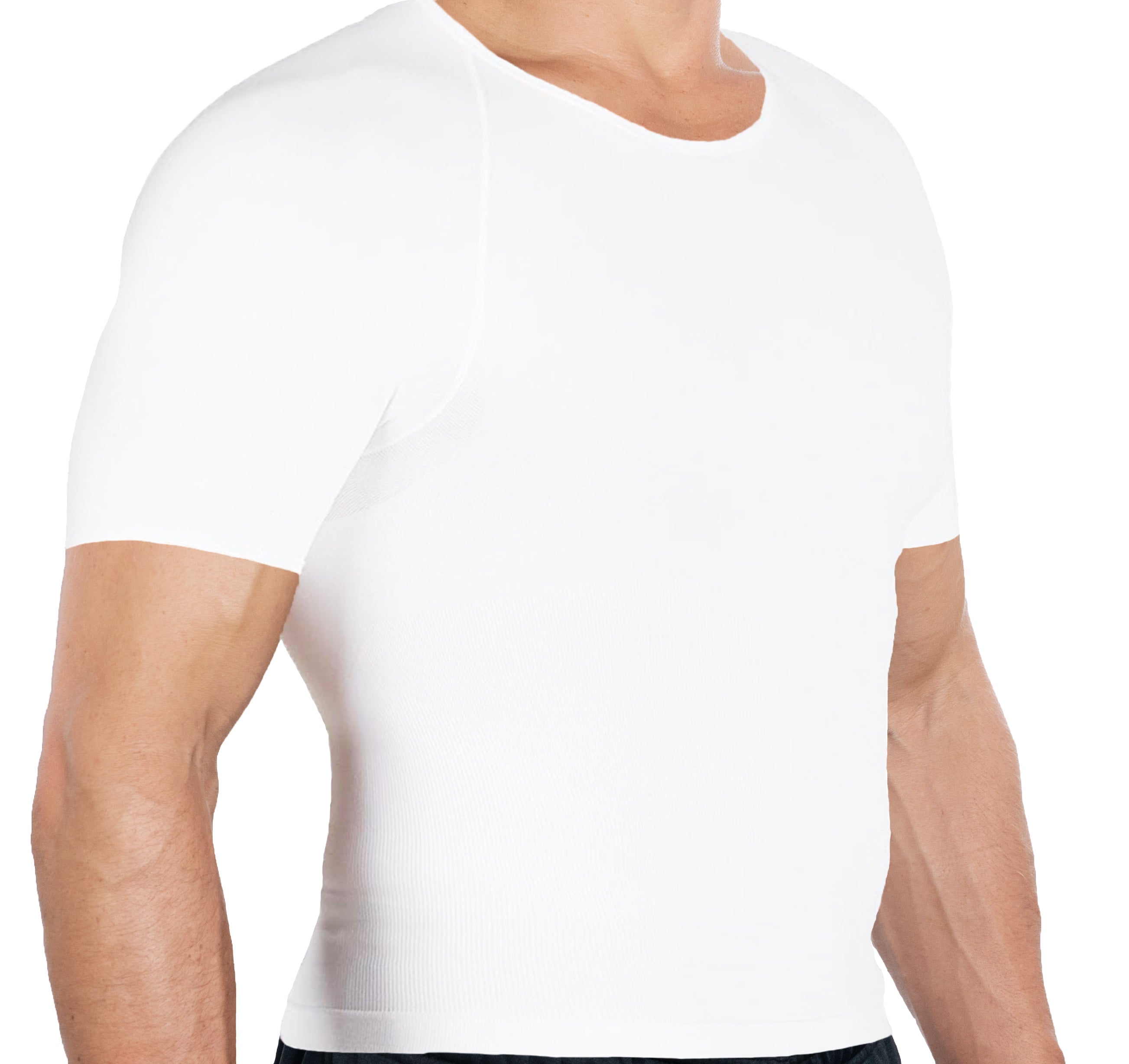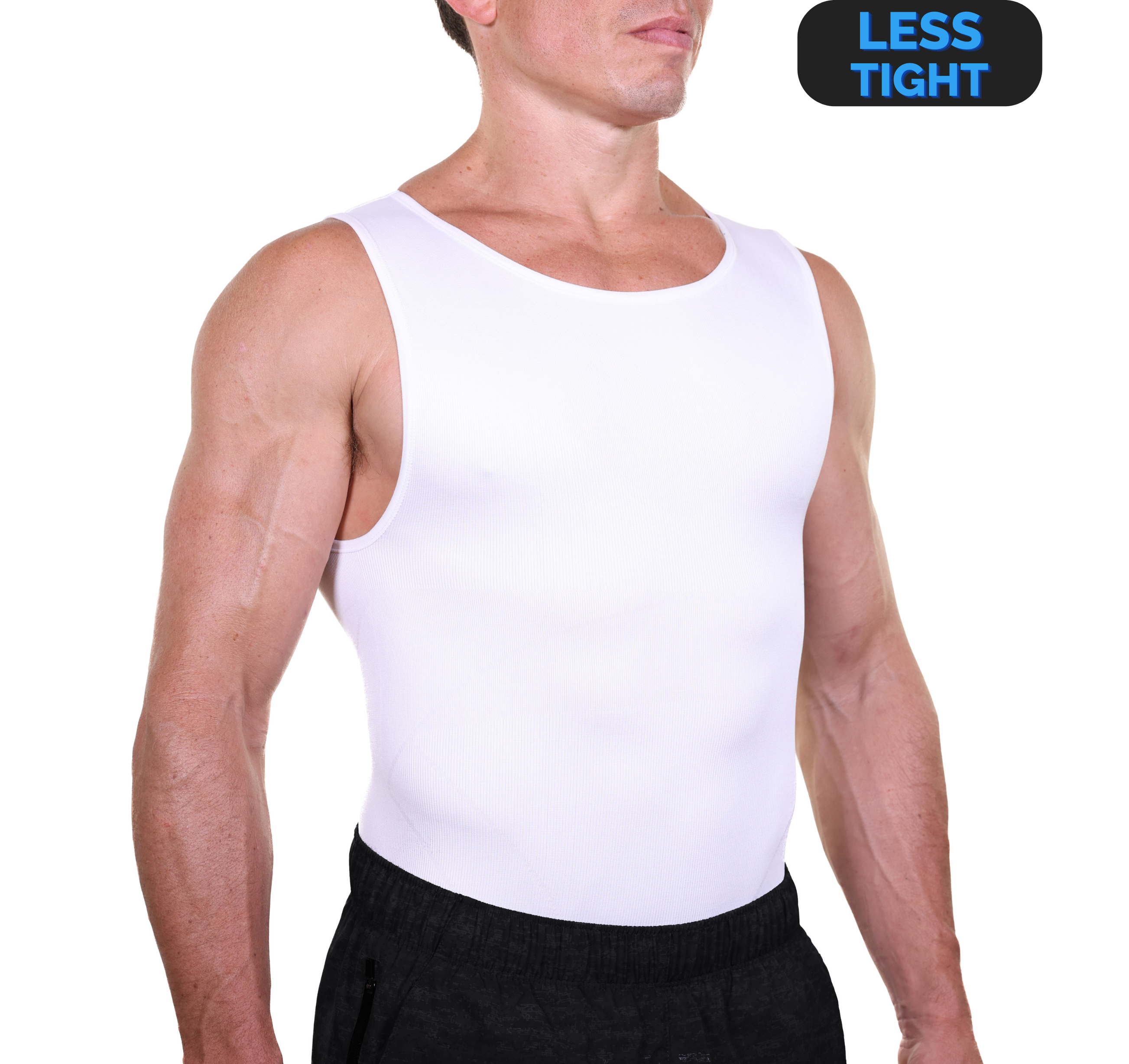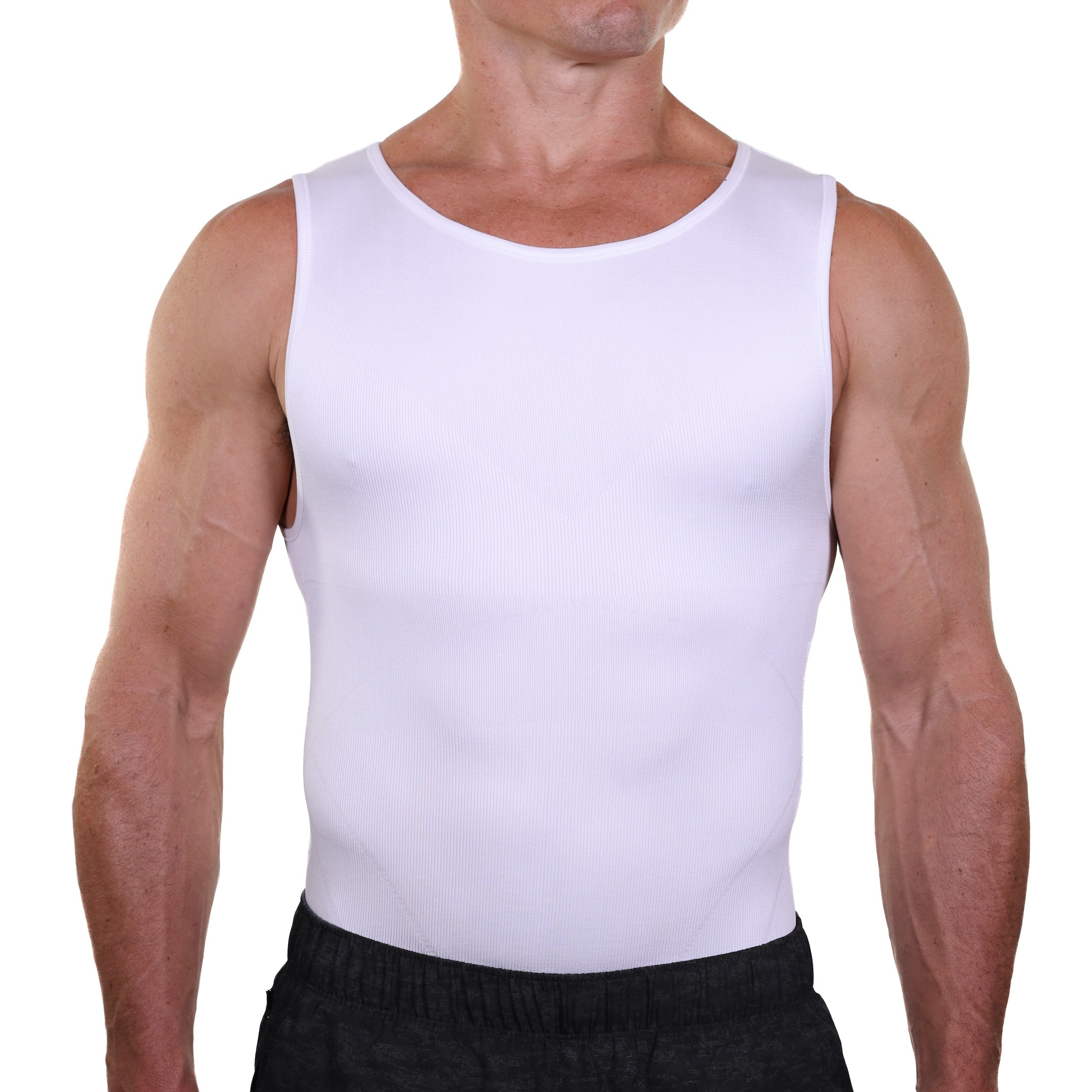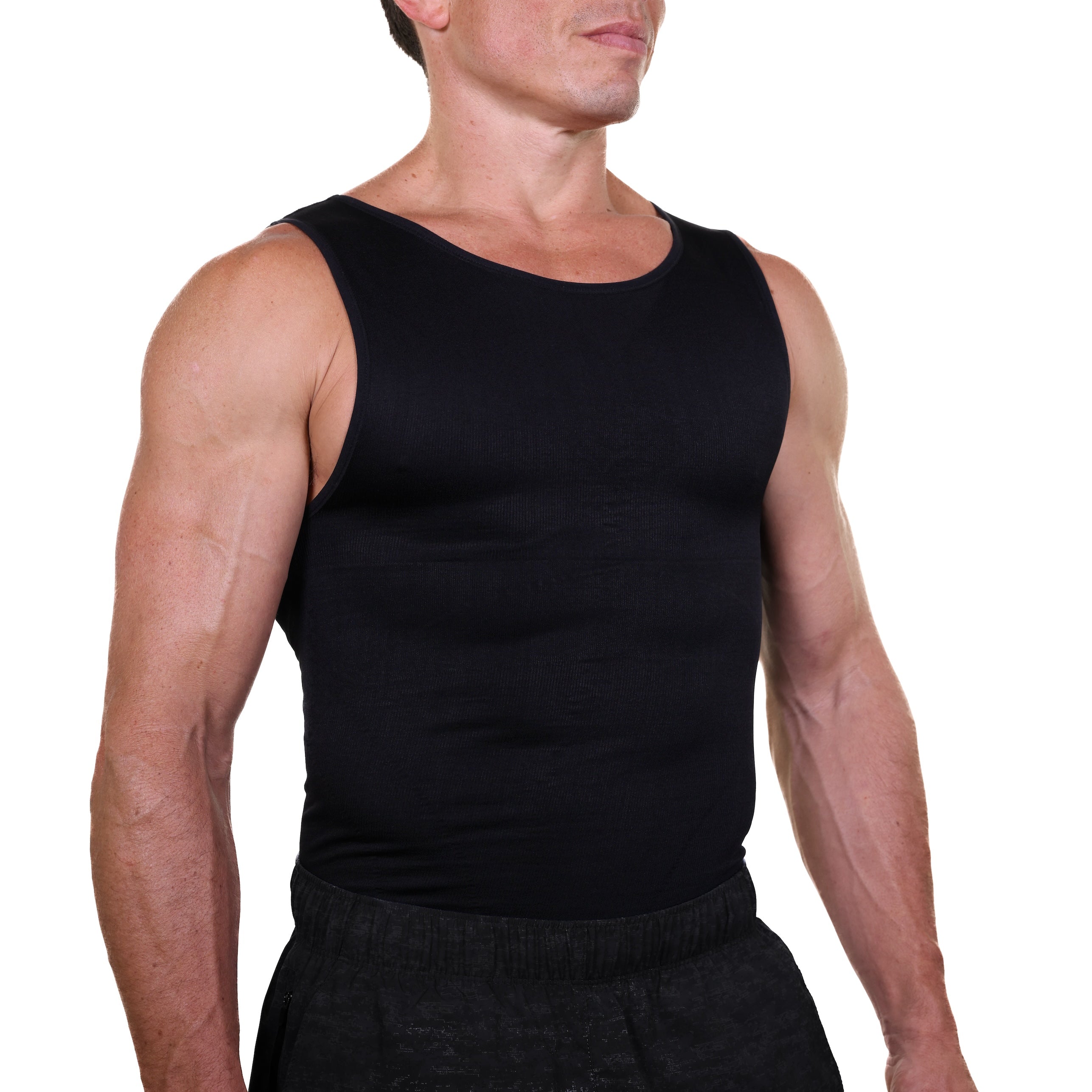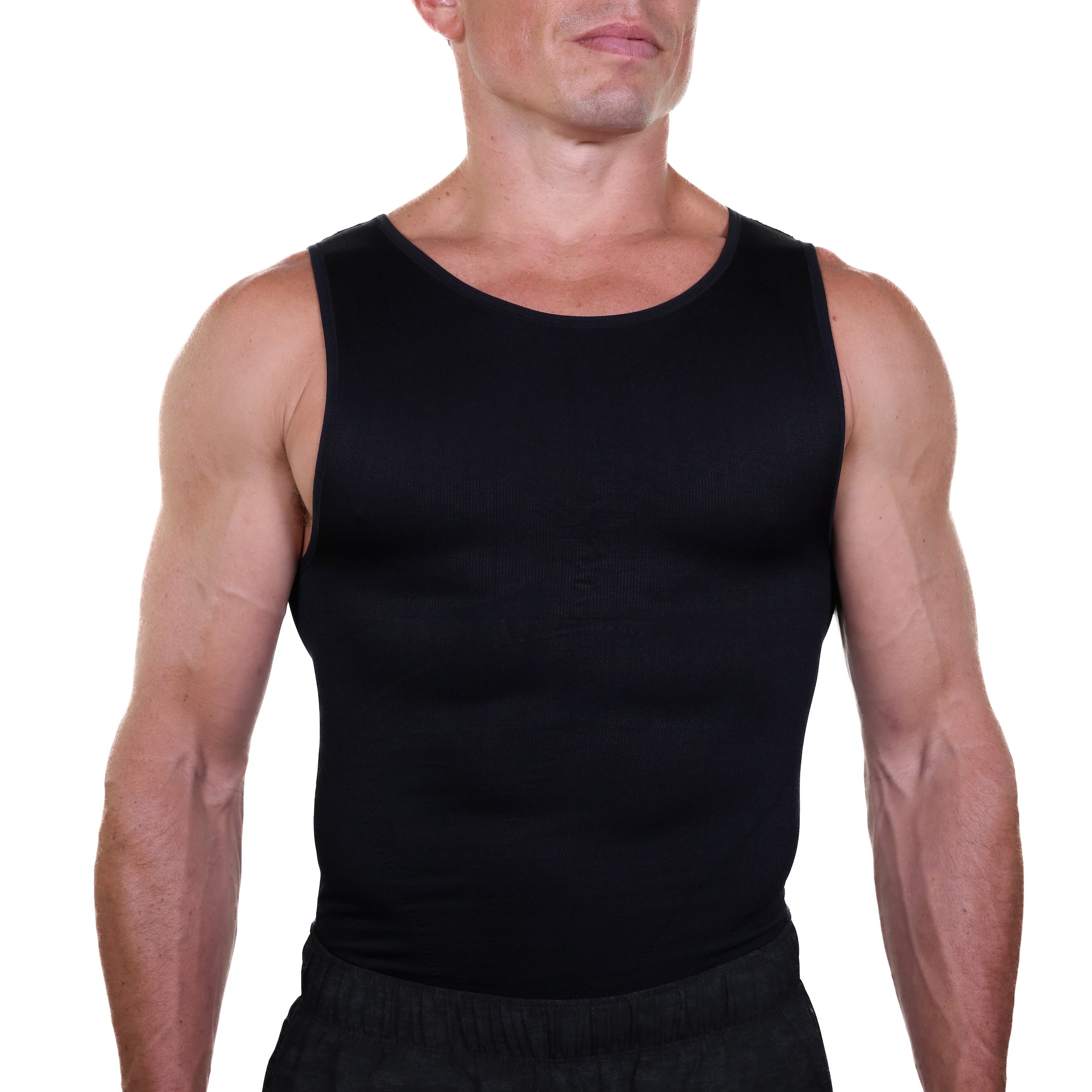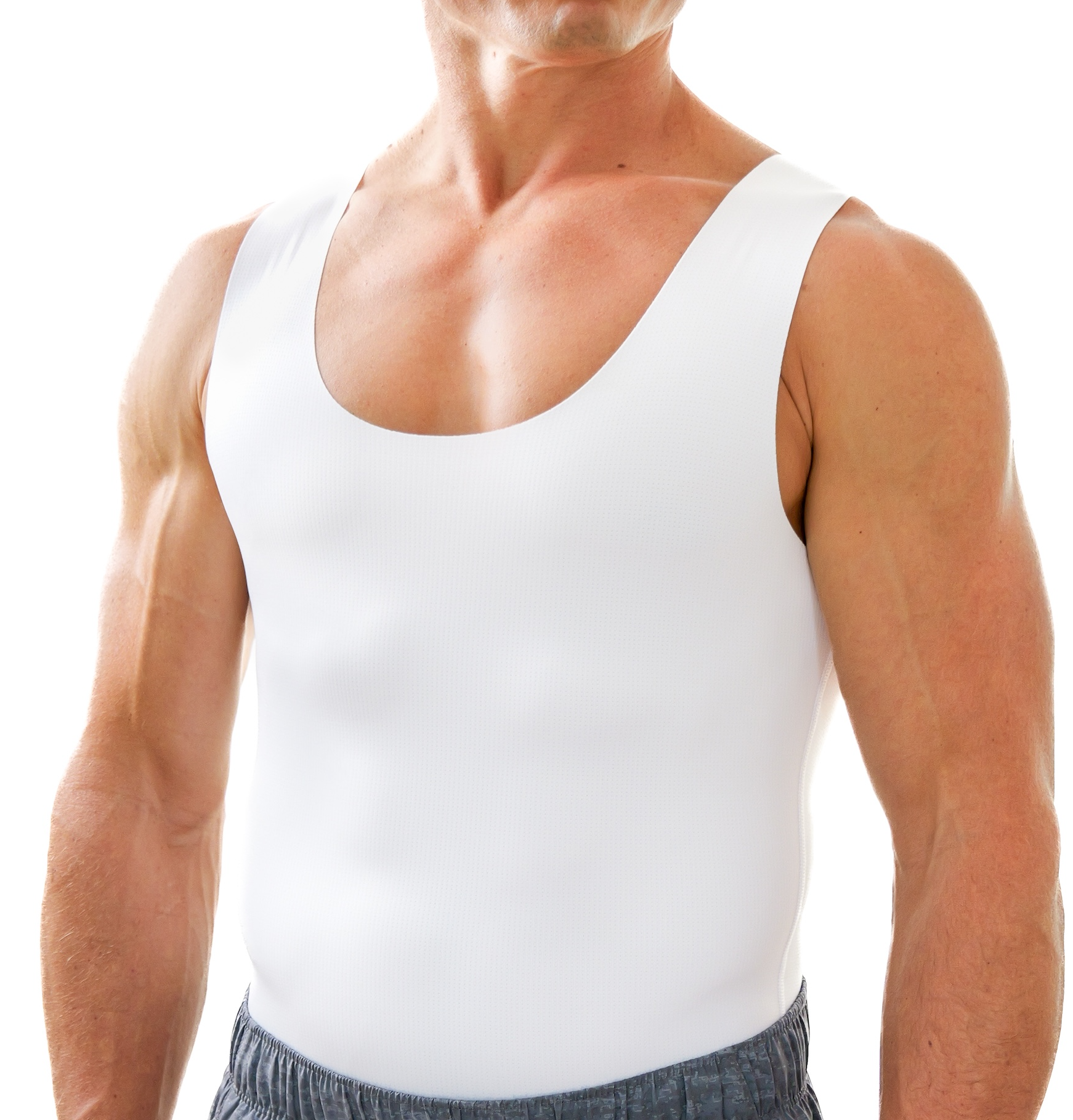Let’s be honest, shapewear is something of a blessing to those of us who feel self conscious about our body. Whether we’re in the gym, feeling awkward in a new suit or simply navigating weight gain, you can always rely on high-quality shapewear to give you a much-needed boost - a bit like instant lipo, if you will!
But when it comes to choosing shapewear, size matters! And while you might see influencers or celebrities squeezing themselves into teeny tiny body shapers before they hit the red carpet, opting for an extremely small size isn’t always the answer - and might not actually get you the results you want.
So, how do you pick the right size body shaper? Let’s take a look.
Why Choosing the Right Size Matters
Impact on Comfort
It’s simple - shapewear should enhance your natural shape without making you feel restricted. If it’s too tight, you’ll struggle with discomfort throughout the day, dealing with digging, rolling, or pinching. On the other hand, a size too large won’t provide the support you need, making it ineffective. The right size ensures you feel supported and comfortable without compromising movement or breathing.
Shapewear Functionality
The primary function of shapewear is to smooth, sculpt, and enhance your figure. When the fit is correct, it works with your body rather than against it. Too small, and it may create bulges instead of smoothing them out. Too big, and it won’t provide the desired contouring effect. The perfect fit enhances your curves seamlessly under clothing without being noticeable.
Avoiding Common Mistakes
Many people assume that sizing down will provide extra compression and better results. In reality, this often leads to discomfort and visible lines, defeating the purpose of shapewear. Others opt for a larger size for comfort, only to find that it doesn't offer enough support. Understanding your size prevents these issues and ensures your shapewear works as intended.
How to Measure Yourself for Shapewear
Tools You’ll Need
Before you start measuring, grab a soft measuring tape. This will provide the most accurate results compared to a ruler or a rigid tape measure. If you don’t have one, use a string and then measure it against a ruler. It’s also helpful to have a full-length mirror to check that the tape stays level.
Key Areas to Measure
Different styles of shapewear target different areas, so knowing your key measurements ensures the best fit.
- Chest: Measure around the fullest part of your chest, keeping the tape parallel to the floor.
- Waist: Find your natural waist by bending to one side; the crease is where you should measure.
- Hips: Measure around the fullest part of your hips and buttocks.
Each of these measurements helps determine the best size, especially when selecting full-body shapewear or pieces that focus on specific areas.
Tips for Accurate Measurements

- Measure yourself in fitted clothing or undergarments to get the most precise numbers.
- Keep the tape snug but not tight—pulling too much can lead to selecting a smaller size than necessary.
- Double-check your measurements at different times of the day, as body fluctuations can occur.
Understanding Shapewear Size Charts
Read the Brand’s Size Chart
Not all shapewear follows standard sizing, so always refer to the specific brand’s size chart before purchasing. Some brands run small, while others align with regular clothing sizes. Checking their measurements ensures you make the best choice.
Differences Between Brands
Shapewear sizing varies between brands, and the numbers may not always match your usual clothing size. Some brands categorize sizes using S, M, L, while others use number-based sizing. Always compare your measurements with the provided chart rather than assuming your usual size will fit.
Prioritize Fit Over Number
It’s tempting to size down for extra compression, but this often leads to discomfort and unflattering results. Instead, prioritize how the shapewear fits your body. If you’re between sizes, consider the fabric’s stretch level—some materials offer more flexibility than others.
Tips for Trying and Buying Shapewear
Try Before You Buy (If Possible)
If you have the chance to try on shapewear before purchasing, take advantage of it. Some stores have fitting rooms where you can test different sizes and styles. If shopping online, check the return policy to ensure you can exchange it if needed.
Gradually Increase Wear Time
When you first wear shapewear, start with shorter periods to get accustomed to the fit. Wearing it for an hour or two initially helps your body adjust before committing to all-day wear. Over time, you’ll feel more comfortable in it.
Know When to Size Up or Down
If your shapewear constantly rolls down, digs in, or creates bulges, it may be too small. On the other hand, if it shifts around or lacks support, it’s likely too large. Pay attention to how it feels throughout the day—your comfort is the best indicator of whether you need to adjust sizes.
Final Thoughts
Finding the right shapewear size makes all the difference in comfort, effectiveness, and overall satisfaction. By measuring accurately, understanding size charts, and choosing the right fit, you can ensure your shapewear enhances your look rather than causing frustration. Prioritize fit over numbers, and remember that the right size should support you without restriction. When chosen correctly, shapewear becomes a seamless, confidence-boosting addition to your wardrobe.

